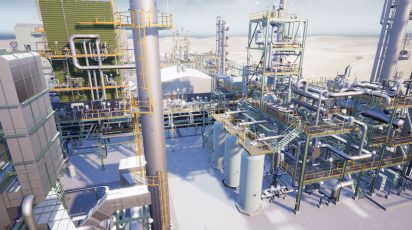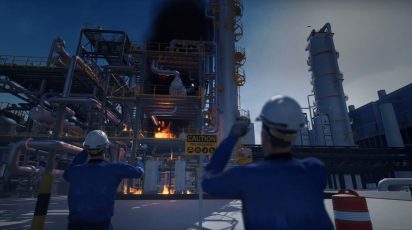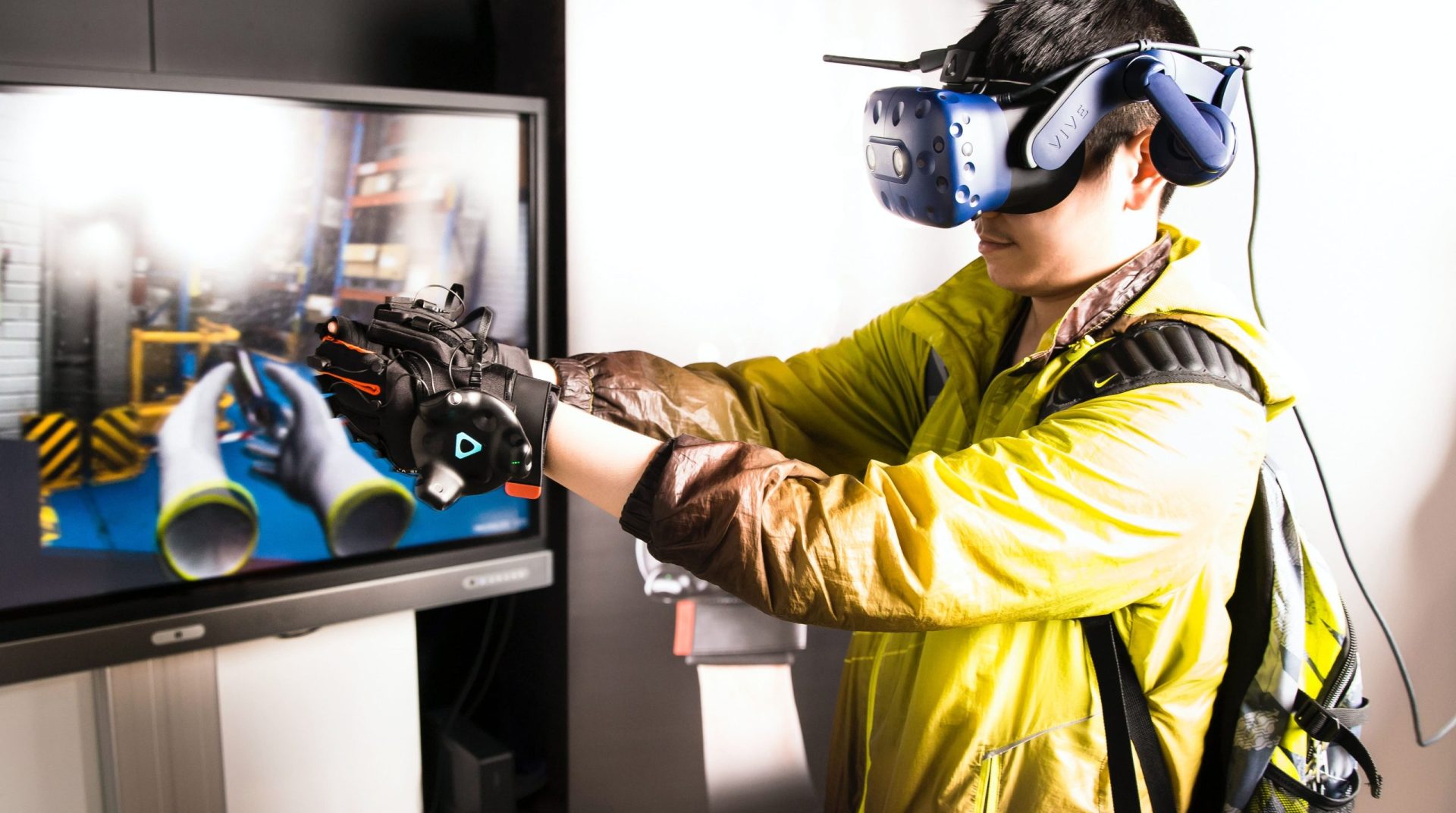
October 29, 2021
VR Streaming – the future of virtual reality
Immersive operator training based on virtual reality (VR), as opposed to classical learning methods, offers faster training and is a remarkable money-saver in the long run. Today we will investigate VR streaming, which is a possible solution for even large oil & gas companies to stay within budget and offer complete training to their staff.

For a company to get the most out of VR deployment, it is often recommended to have a central training location. Their staff can book training hours and then visit the training centre. But what if your organisation has many workplaces? How could you possibly train people effectively if you have plants located in 100 cities all over the world?
What is VR streaming?
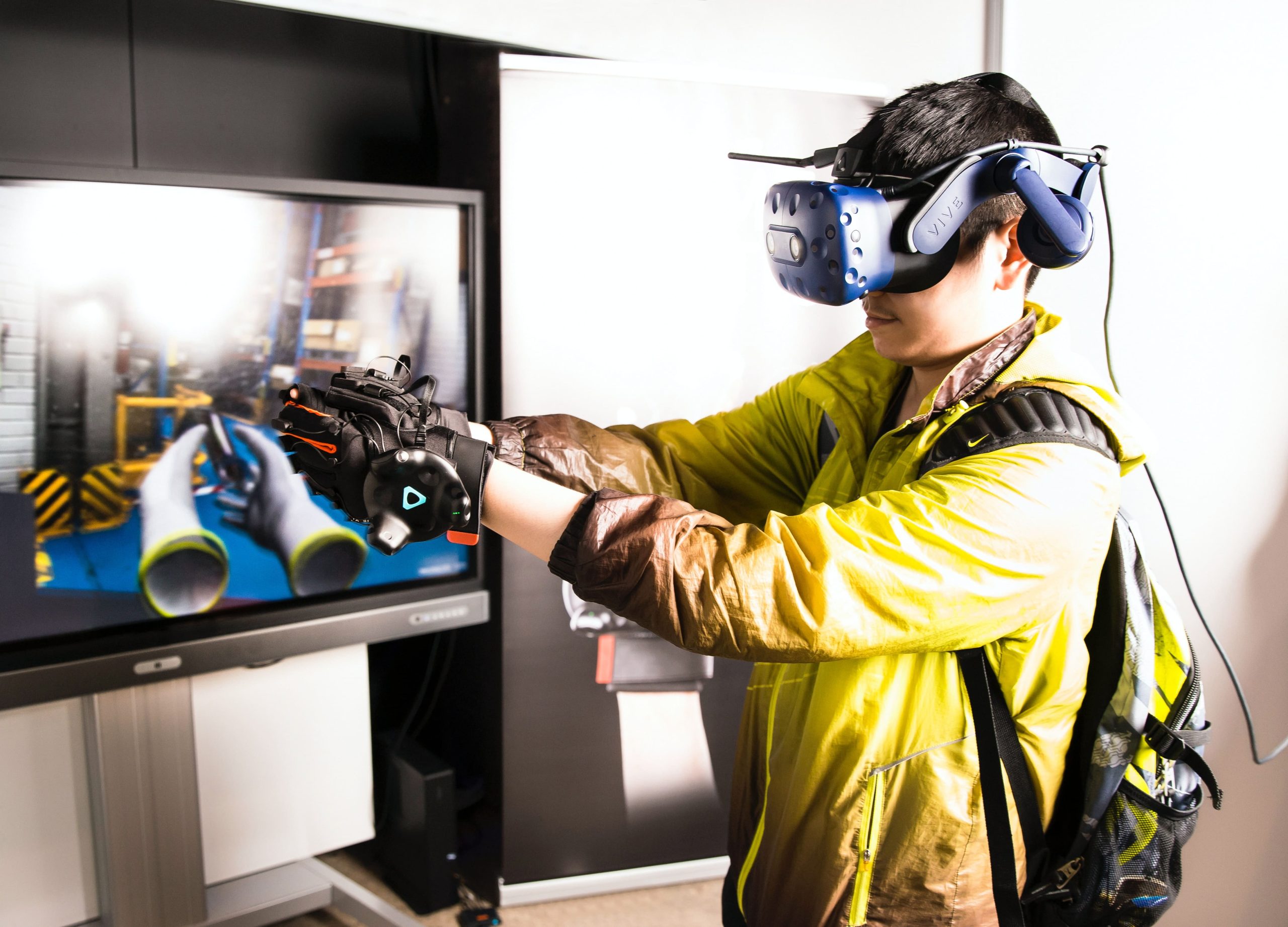
VR streaming is a technology that transmits video streaming from a computer into a mobile phone over a local WiFi network and transforms it into a form of VR. If a company has over 100 plants spread around the world, physical operator training is extremely hard to organize. But as the price of a single VR station is about €2,000, installing one at every location can be costly. So is there another option that will both provide immersive training and meet the budget? This is where VR streaming technology comes in. VR uses computer technology to simulate the environment. By using a head-mounted display, or simply a headset, the member of staff is submerged into the experience delivered by an artificial environment of a real-life industrial plant, with all its various features. Thanks to the carefully built simulation, the staff member is able to interact with a 3D world. Most importantly, VR makes it seem that he or she really is in the simulated environment, both physically and mentally.
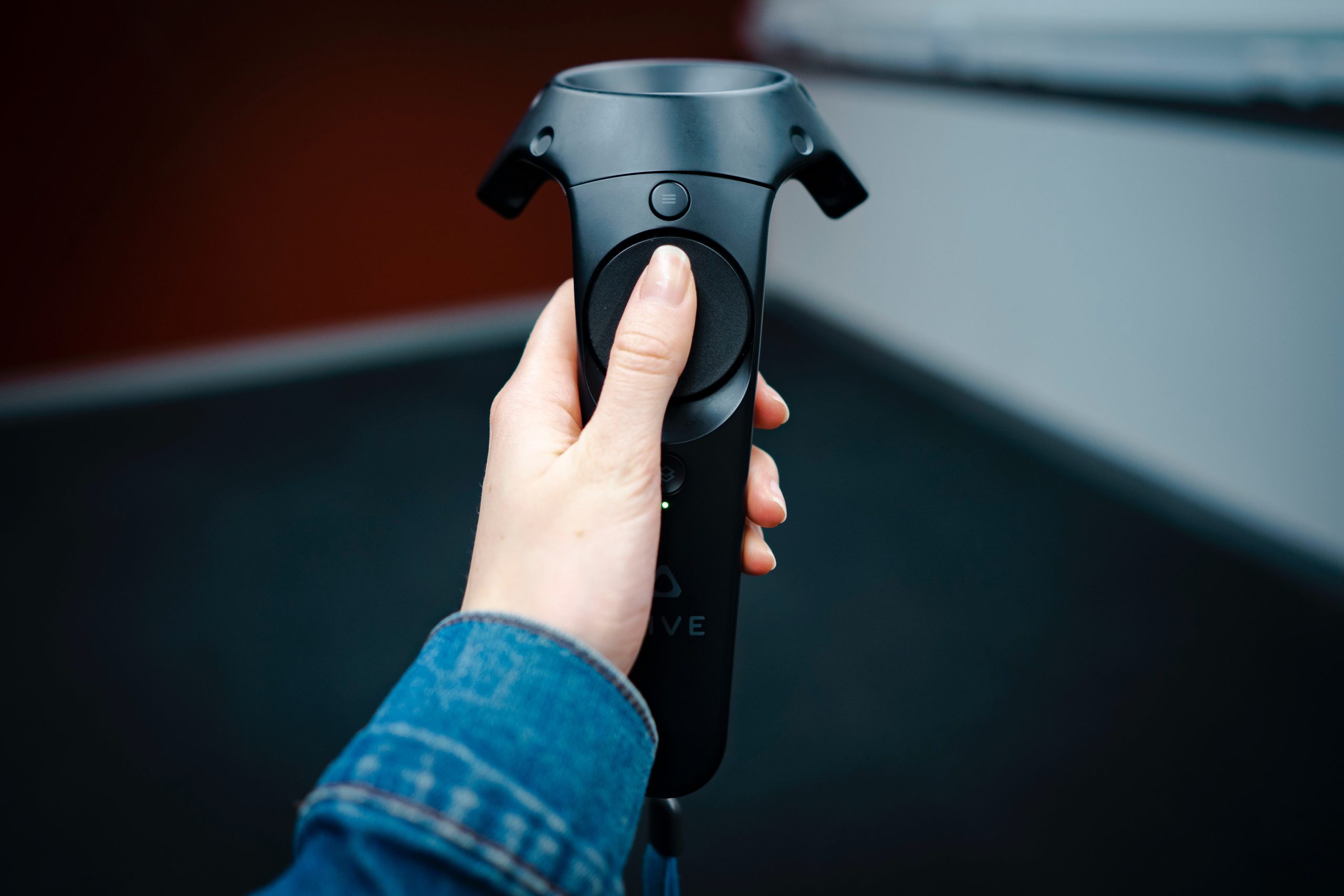
Although VR and physical reality have completely different ways of interaction and engagement, what is taken from the physical is strongly enhanced in the virtual. In this case, hardware deployment is no longer a challenge, as VR streaming requires no specific commuting power. All you need in order to access VR streaming platforms is a VR headset and a good Internet connection. Once we do the arithmetic, it is clear that this type of deployment is significantly cheaper than building a training center.
What are the technical challenges of VR streaming?
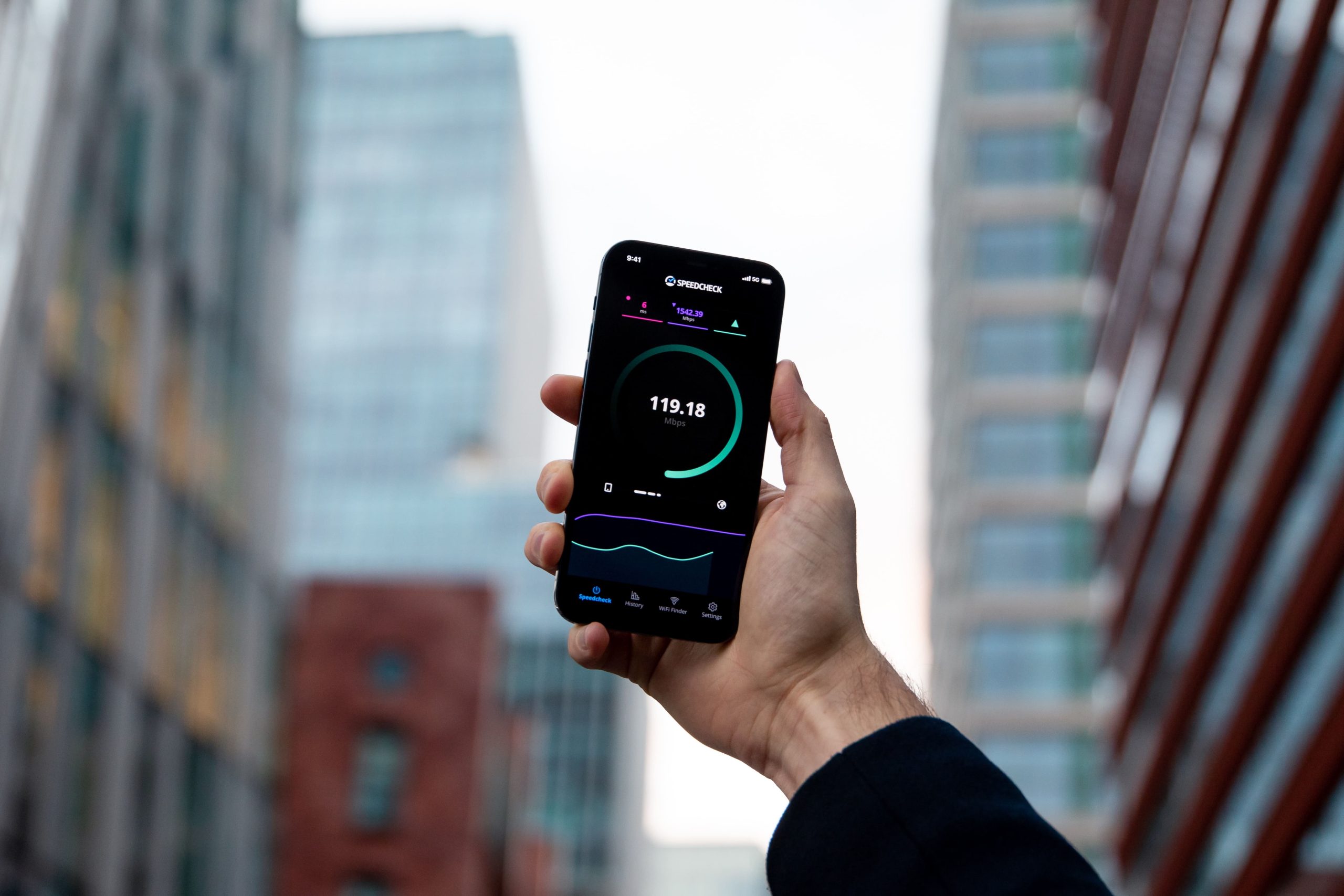
Keeping in mind that the demand for this type of interactive and remote VR training is huge, we must still consider the difficulties we might face.
- Headsets, although widely available in the market, are still not as good as they should be. This is easy to explain by considering the content quality. In order for a single user to watch VR streamed content in 4k, the person streaming it has to stream at 8k due to the inherent limitations of today’s hardware. This brings us to the next issue: the Internet connection.
- The Internet connection for an HD level of VR streaming has to be at least 80-100 Mbps, while if we want to stream in Retina quality, we might have to push the throughput to 600 Mbps. Bearing in mind that in June 2021 the whole of Europe operated at an average of 103.3 Mbps, Retina seems to be out of reach for now. But it is something we might expect to arrive in the next couple of years.
Is VR streaming the future of training and education?
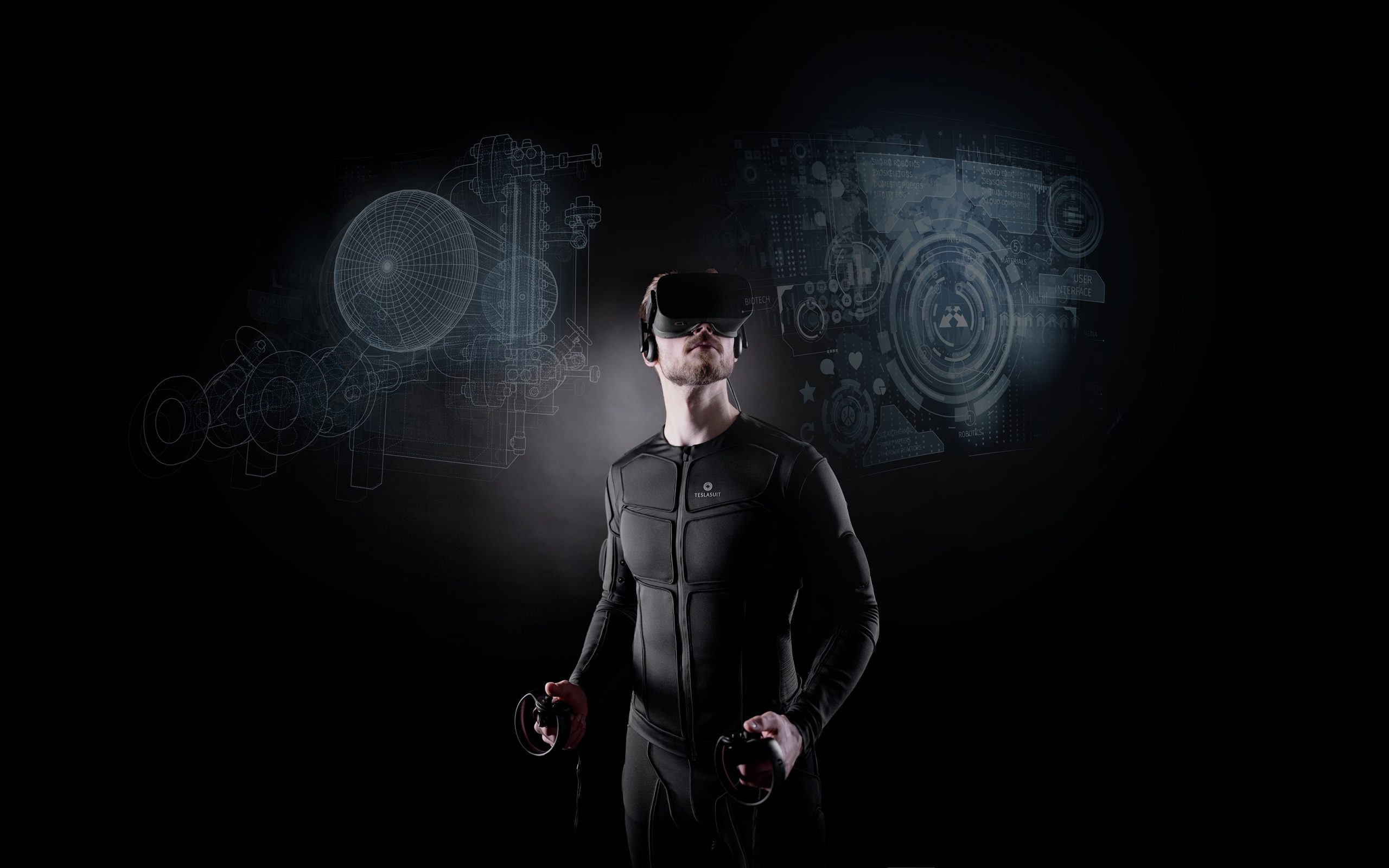
With the development of standalone VR headsets that can function without a PC, we might be just a few steps away from the widespread use of VR streaming – once we have fixed latency and content quality, that is. According to Forbes, VR will extend to other sensors such as touch and smell, and these really do seem like a game-changer for the industry. The VR experience for each user will then be as realistic as it can be.
Teslasuit is a great example of adding the sense of touch into a VR environment. Who knows, we might own one of these ourselves in the near future, or our industry might invest in solutions like this for an even better VR training experience.
Predictions that hardware will become even more accessible to large numbers of people are no longer just predictions. This is exactly what we are witnessing today. Once artificial intelligence becomes engaged in the VR world, we might expect an even more personalized experience. Privacy might become an issue, but seeing the speed of development in the VR industry, we believe this problem will be fixed and we might just be in for a treat. When will this happen? We cannot tell, but something tells us that we might see some drastic changes over the next couple of years. Let’s wait and see, shall we?


